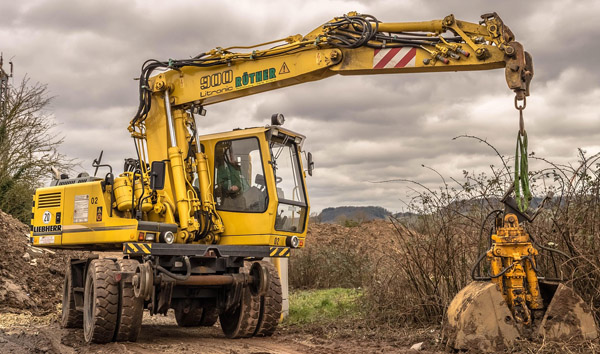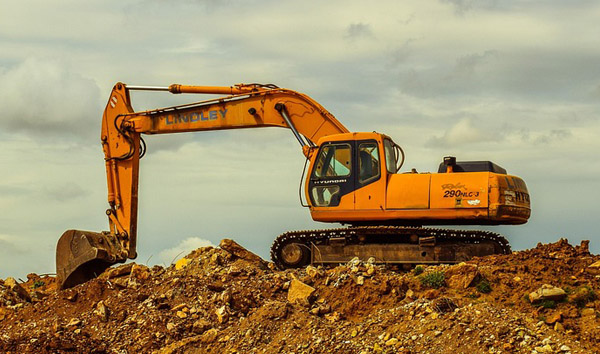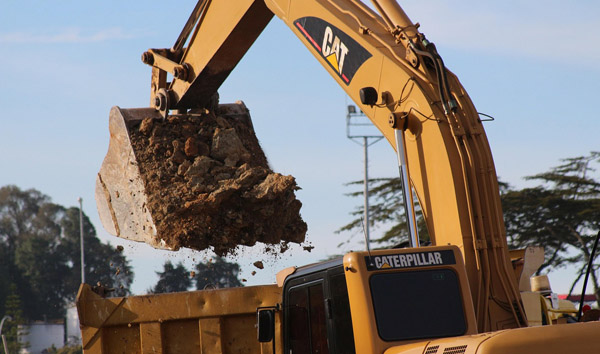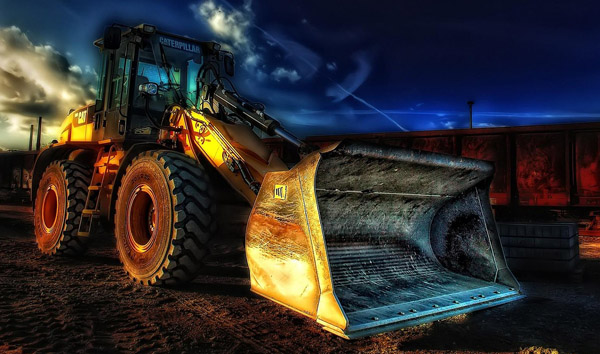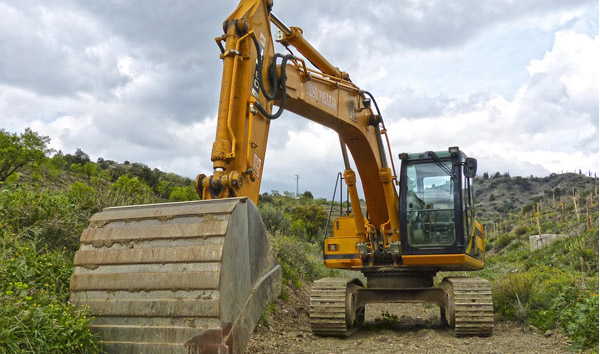Navigating the Rugged Terrain: Key Specifications of All-Terrain Forklifts
2025-07-29 05:35:28
All-terrain forklifts are indispensable in industries like construction, agriculture, and logistics, where uneven surfaces and rough terrain are common. One of the most crucial specifications is load capacity, which typically ranges from 5,000 to 36,000 pounds, depending on the model. High-capacity units often feature reinforced chassis and hydraulic systems to ensure stability under heavy loads. Additionally, these forklifts are designed with variable lift heights, often exceeding 20 feet, to accommodate stacking and loading in challenging environments.
Engine performance is another critical factor in all-terrain forklift specifications. Most models are powered by robust diesel engines, offering torque outputs between 75 and 200 horsepower, ensuring reliable operation on inclines and rough surfaces. Some advanced models incorporate hybrid or electric powertrains for reduced emissions without sacrificing power. Fuel efficiency is also a key consideration, with modern engines delivering up to 8-10 hours of continuous operation on a single tank, minimizing downtime in remote job sites.
Tire design plays a pivotal role in the functionality of all-terrain forklifts. Pneumatic tires with deep treads are standard, providing superior traction on mud, gravel, and uneven terrain. Some models feature foam-filled or solid tires to prevent punctures in harsh conditions. The tire size and pressure are also optimized for load distribution, ensuring stability even when navigating steep slopes or soft ground. These specifications make all-terrain forklifts highly adaptable to diverse outdoor applications.
Maneuverability is enhanced by advanced steering systems, such as four-wheel or crab steering, allowing operators to navigate tight spaces with precision. The turning radius of all-terrain forklifts typically ranges from 10 to 20 feet, depending on the model. Hydraulic suspension systems further improve ride comfort and control, reducing operator fatigue during extended shifts. These features are critical for maintaining productivity in demanding work environments.
Finally, safety features are integral to all-terrain forklift specifications. Rollover protection systems (ROPS), load moment indicators, and anti-slip platforms are standard in most models. Some high-end units include advanced telematics for real-time monitoring of performance metrics and predictive maintenance alerts. By prioritizing these specifications, businesses can ensure both operational efficiency and worker safety in rugged terrain applications.




